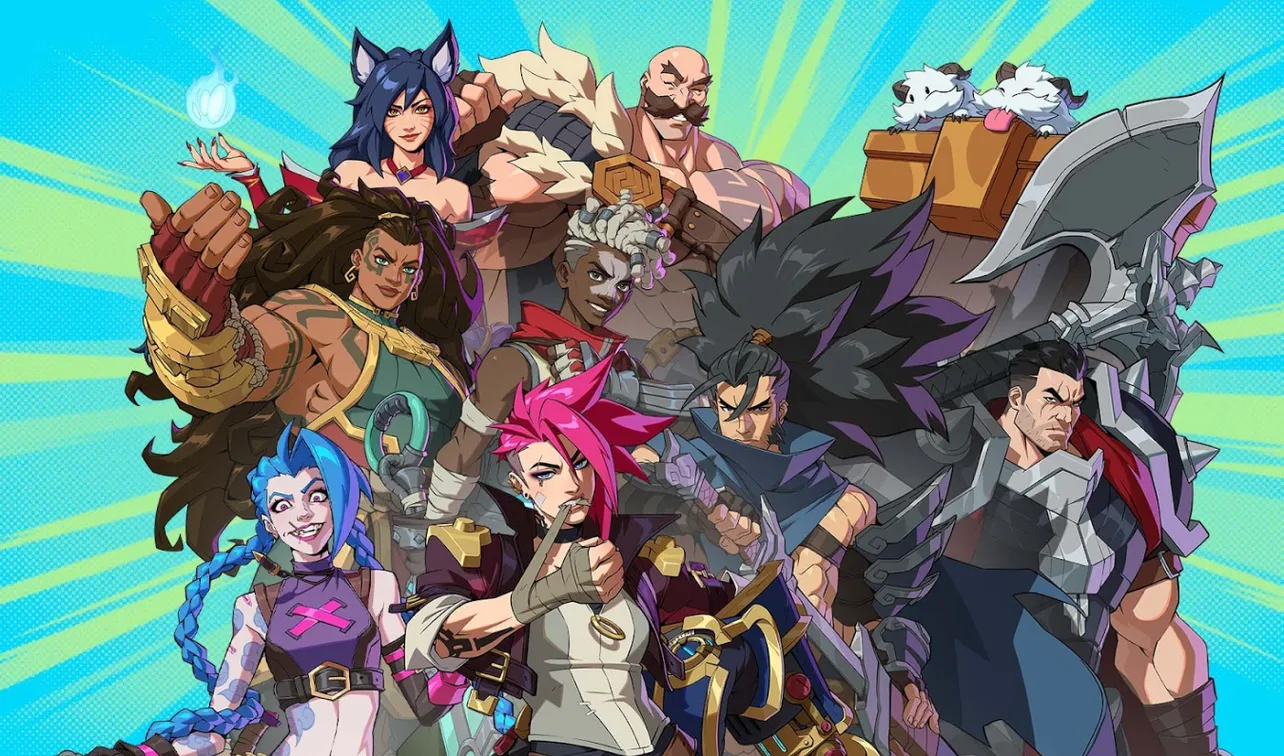2XKO’s first weeks have been volatile, but some patterns are already hard to ignore. Rushdown that reliably pierces zoning is thriving, assist value often matters more than solo dominance, and a few champions are showing the kind of flexibility that carries from ranked to tournaments. Below is a practical snapshot of where each character is landing right now, why they win, and where they stumble, followed by four duo cores that make immediate sense in the current meta.
How to read this tier snapshot
- Placement range reflects how the same character is ranked across multiple early lists, streams, and brackets. Large ranges mean wider disagreement.
- “Why it’s strong” focuses on tools that already translate in matches: stable conversions, oppressive pressure, or high-value assists.
- “Common drawbacks” highlights recurring counters: projectile vulnerability, air-game limitations, or setup dependency.
2XKO tier list (early Oct 2025)
| Champion | Early placement range | Why it’s strong | Common drawbacks |
|---|---|---|---|
| Yasuo | S | Explosive damage with lengthy route options; oppressive offense once momentum starts. | High execution; assist choices are narrower, best used on point. |
| Vi | S–A | Clean gap-close tools that blow past zoning; simple, reliable confirms; strong ground game. | Air buttons are limited; loses layers when forced to fight above the ground. |
| Darius | S–A | Huge damage with low execution; strike/throw pressure and wound damage snowball quickly. | Slow, telegraphed buttons; can be checked by sharp defense (retreating guard, parry). |
| Ekko | S–B | Afterimage pressure and layered setplay; strong extensions and suffocating offense with the right assist. | Requires structure to reach top-end sequences; inconsistent without practiced routes. |
| Jinx | S–B | Projectile control, traps, and strong meter routes; thrives when a partner protects setup windows. | Vulnerable to rushdown during startup; limited answers at close range. |
| Illaoi | S–C | Gigantic hits, far-reaching normals, and high-value assists that enable unique combo paths. | Susceptible to projectiles; setup- and space-dependent against mobile teams. |
| Ahri | A–C | Top-tier assist value and air mobility; OTG and extension utility supercharge partner damage. | Fragile on point; midrange buttons often need assist cover to threaten. |
| Braum | A–D | Armor-based tools and a strong tackle/cover assist that can stabilize neutral for partners. | Weak solo neutral, big hurtbox, and slow startups; better as support than point. |
| Blitzcrank | A–C | Lethal command-grab threat and one of the strongest assists for restands and forced guesses. | Neutral can be linear; projectiles can stall or shut down approach on point. |
| Teemo | S–B | Invisibility, damage-over-time, and pace control that flips neutral into attrition on your terms. | Niche execution and routing; struggles when stranded alone without setup. |
| Warwick | A | Bloodlust stacks enable scary mix and corner pressure; sustain through specials extends rounds. | Stack-dependent; often needs assist support to loop or reset pressure safely. |
Character-by-character notes you can act on
- Yasuo: If you can handle the inputs, he converts scrambles into momentum better than anyone. Build your team around keeping him on point and saving assists for confirms, not neutral.
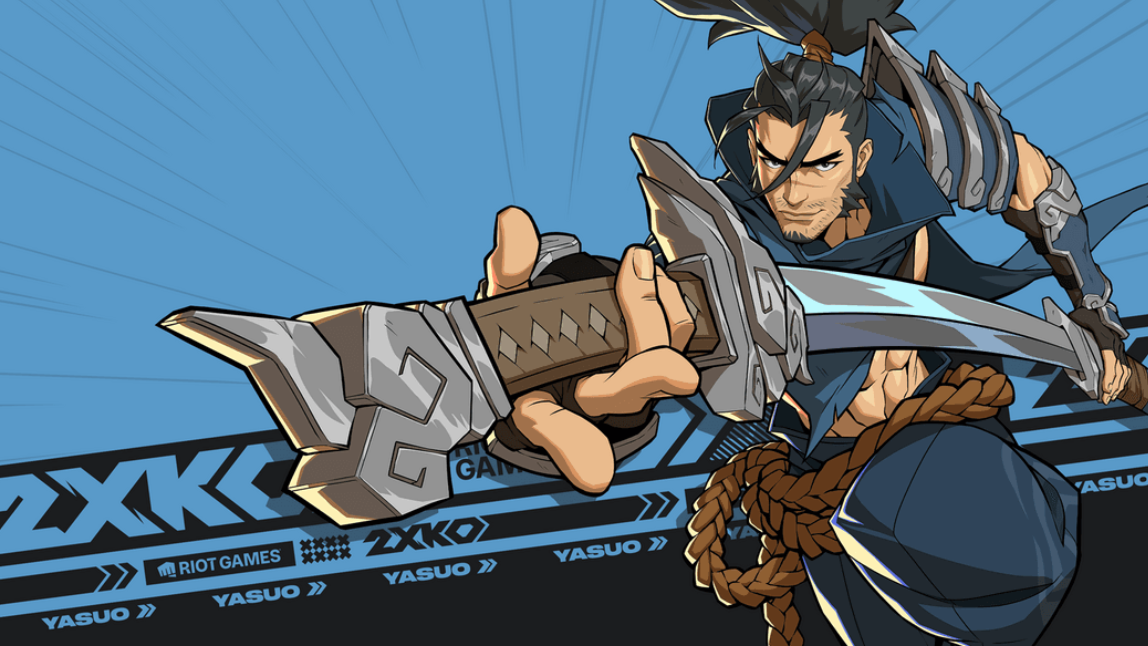
- Vi: Treat her like a matchup check for zoners and trap users. Keep the fight grounded, call assists to enter safely, and cash out early to avoid losing turns in the air.

- Darius: Abuse simple strike/throw sequences to open teams that lack parry discipline. Expect diminishing returns versus players who push you to whiff in midrange.
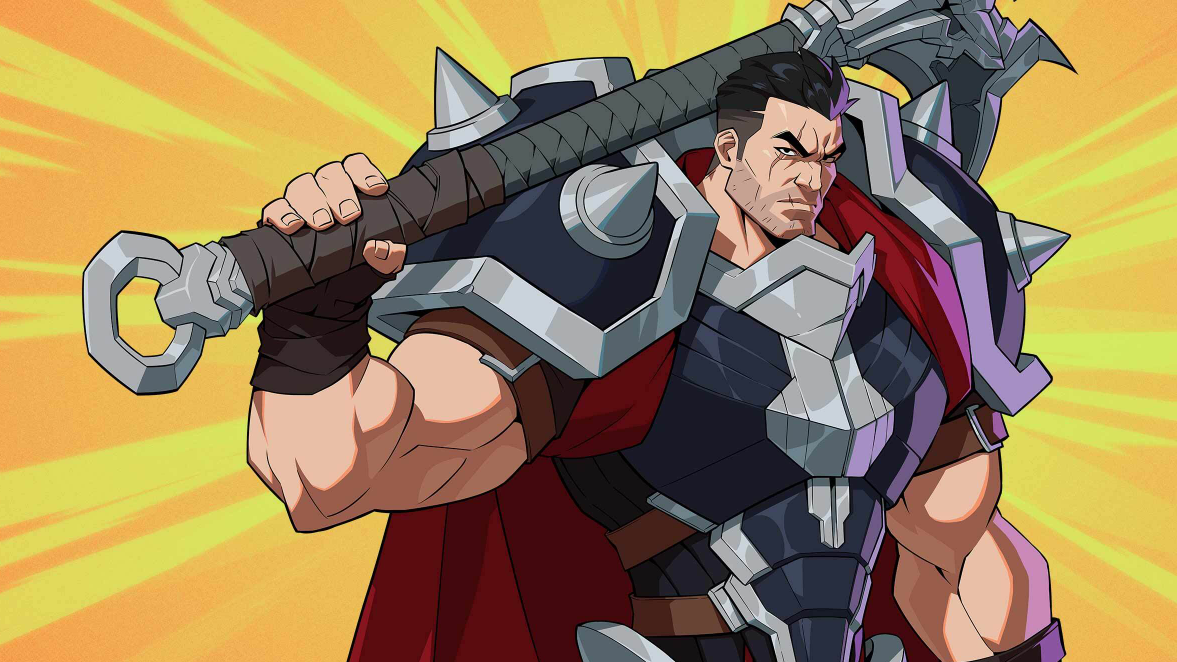
- Ekko: Afterimages create real ambiguity. Route practice matters—learn your assist-specific extensions to keep his offense layered.
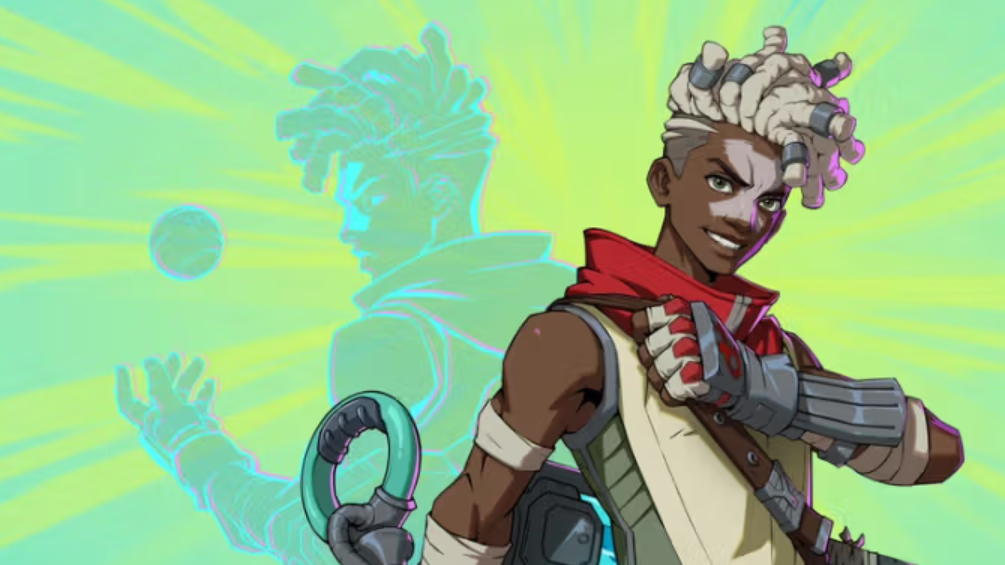
- Jinx: Your plan is screen control into protected setups. Pair with a partner that escorts her into position, then use meter to force respect on block.

- Illaoi: Tentacles make your turn safe and lucrative. Without them, play slower and pick your spots; don’t swing into projectiles without coverage.

- Ahri: Think “team battery and extender.” Keep her second, optimize OTG and air routes, and let a sturdier point starter take the early hits.

- Braum: Use the shield and tackle to solve neutral for your point. If he’s stranded up front, slow the pace and fish for armored checks—don’t overextend.

- Blitzcrank: On point, vary timing to avoid predictability. As an assist, plan restand sequences ahead of time; his value spikes when the guess is guaranteed.
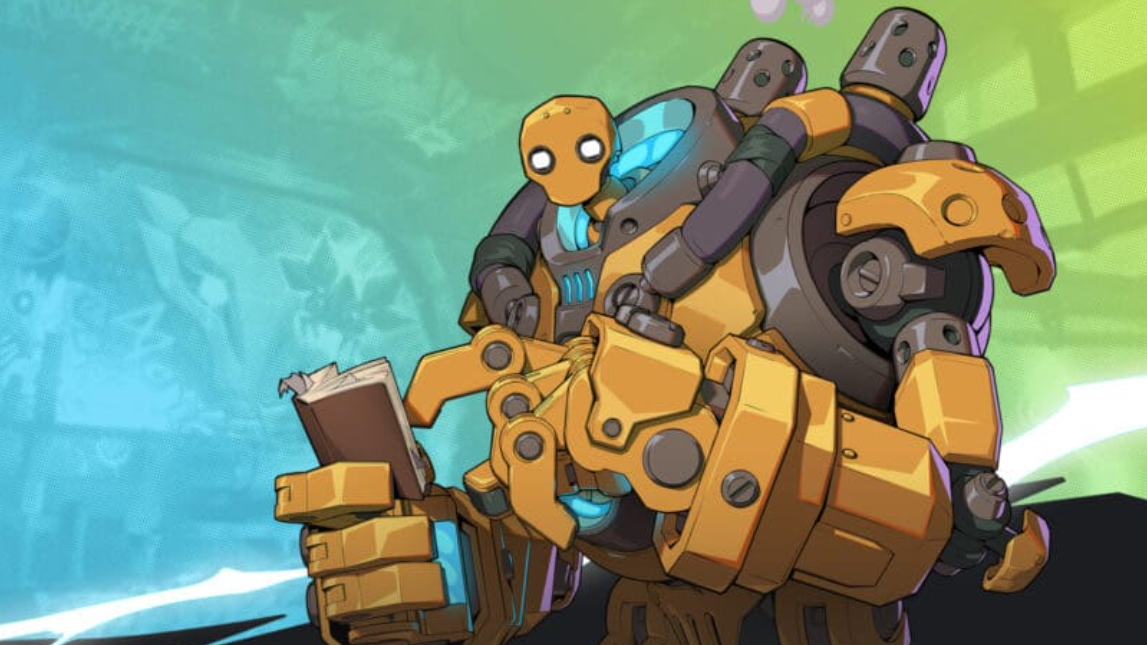
- Teemo: Win by denial, not by speed. Cycle invisibility, mushrooms, and chip; force mistakes, then spend meter to secure momentum.
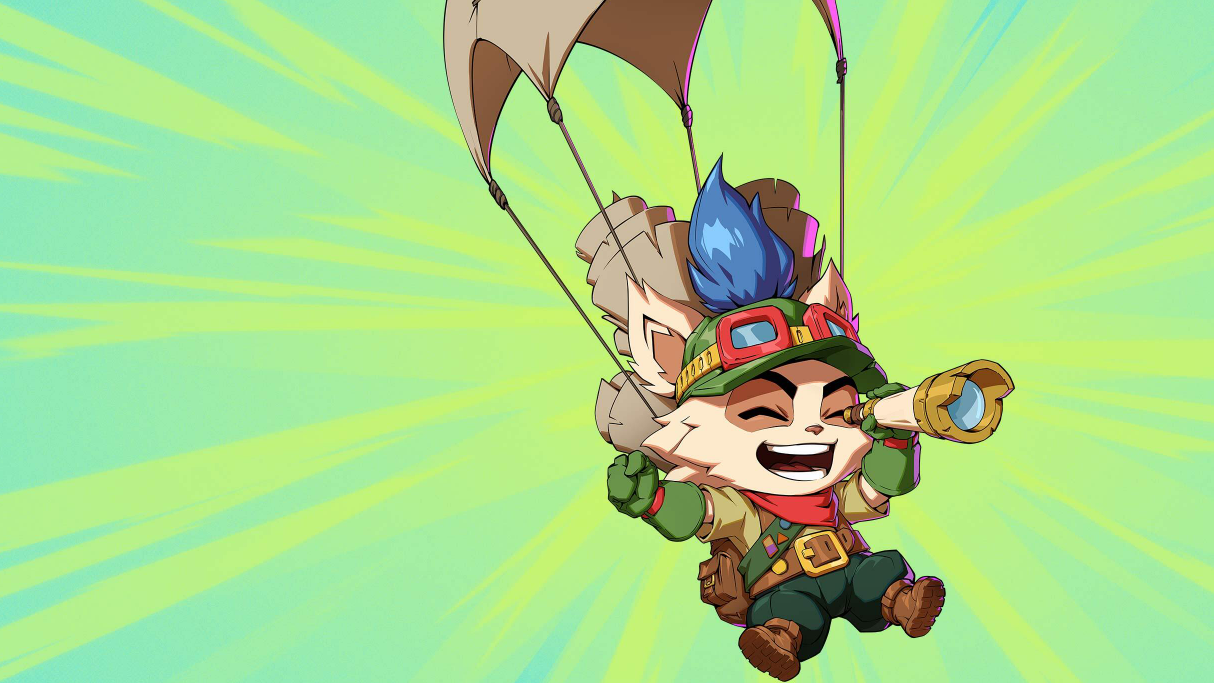
- Warwick: Build and spend Bloodlust intelligently. With the right assist, he turns short touches into corner dominance and real life lead swing.
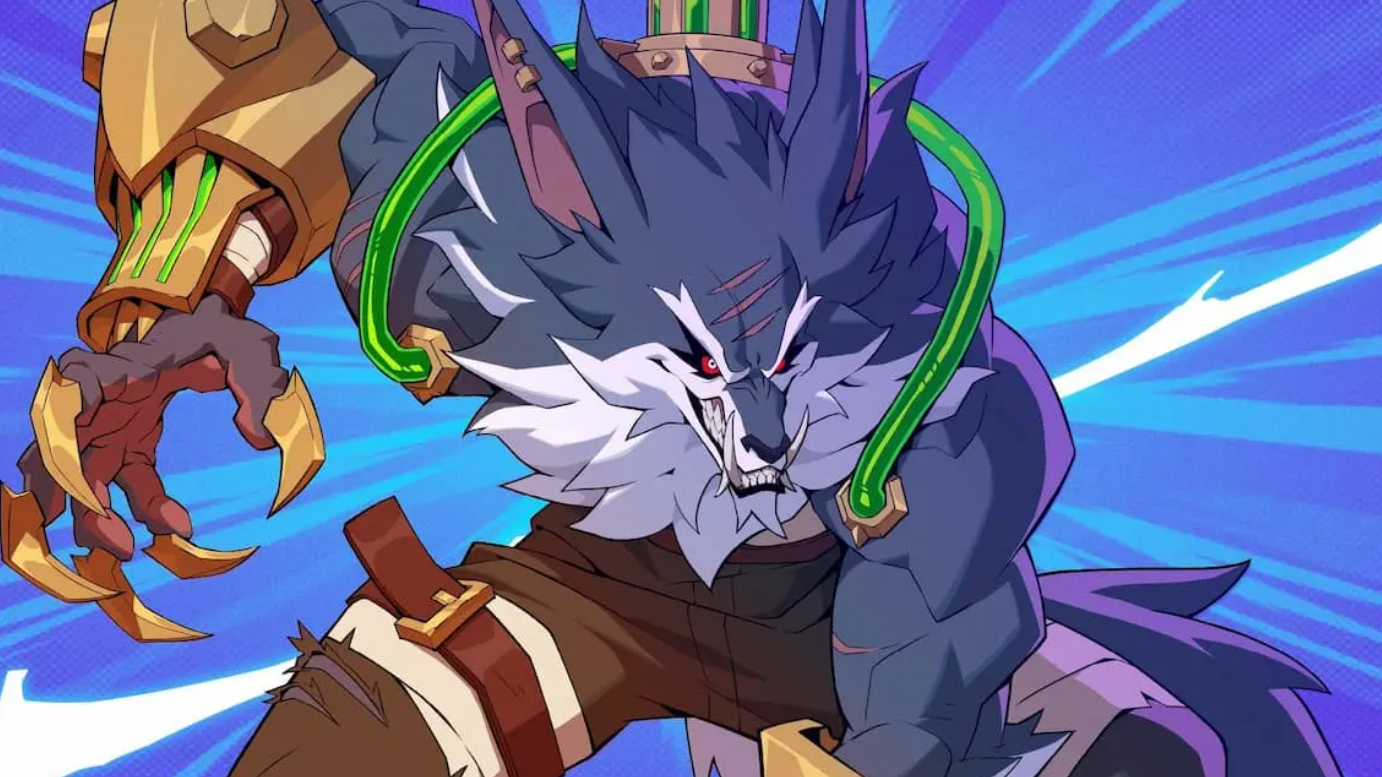
Duos to try now (and why they work)
| Team core | Strategy | Fuse style | Why it works |
|---|---|---|---|
| Vi + Jinx | Rushdown + zoning | Freestyle | Vi escorts through projectiles and checks rushdown, Jinx locks space and cashes out with traps and meter. |
| Darius + Yasuo | Power + precision | Double Down | Darius forces the guess to start routes; Yasuo converts any touch into high damage with better corner carry. |
| Ekko + Ahri | Control + extension | 2x Assist | Afterimage pressure plus OTG/air extensions piles on layered offense and safe enders. |
| Teemo + Warwick | Setup + payoff | Freestyle | Teemo’s control and chip create hesitation; Warwick uses stacks to bulldoze into corner pressure. |
Why rankings differ so much already
- Assist vs. point value: Several characters look mediocre alone but transform teams with their assists. Lists weighting solo viability will rank them lower.
- Air game bias: Matches trend airborne; ground-locked kits slip unless they have a reliable way to force the fight back to earth.
- Setup dependency: Characters that need pieces on the board (tentacles, traps, shrooms) swing from oppressive to fragile based on how often they’re allowed to set up.
- Sample size and lab time: Day-one routes and counters are still being discovered. Expect some of the widest ranges (Illaoi, Teemo, Braum, Blitzcrank) to tighten.
If you want immediate results, learn one rushdown shell (Vi or Darius), one space-control shell (Jinx or Teemo), and one extension shell (Ekko or Ahri). Build a gameplan around protecting setup windows, practice assist-confirm routes, and assume balance or tech discoveries will reshuffle mid-tier characters quickly. The early meta belongs to teams that do simple things consistently—and that protect their win condition long enough to spend it.

